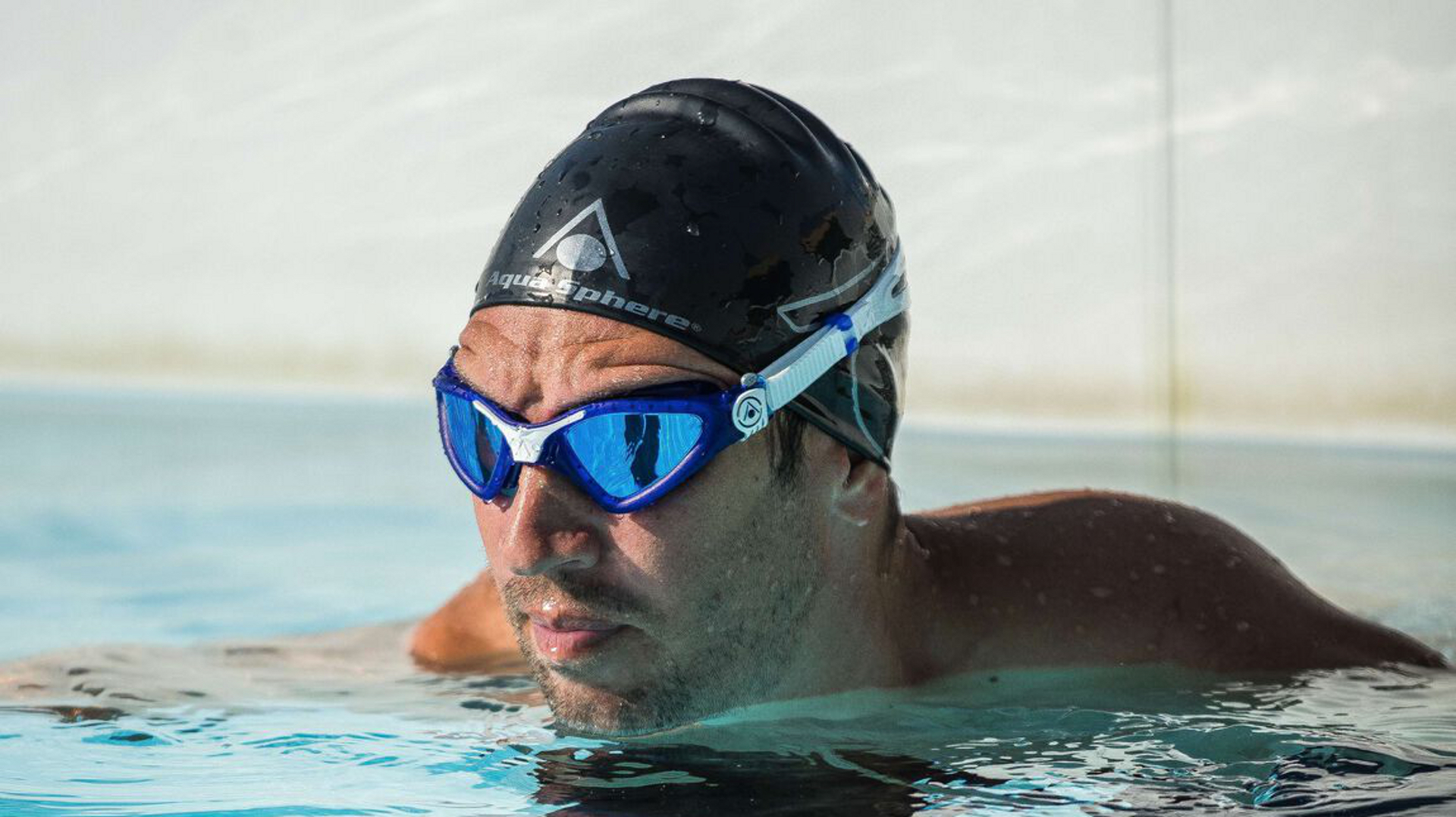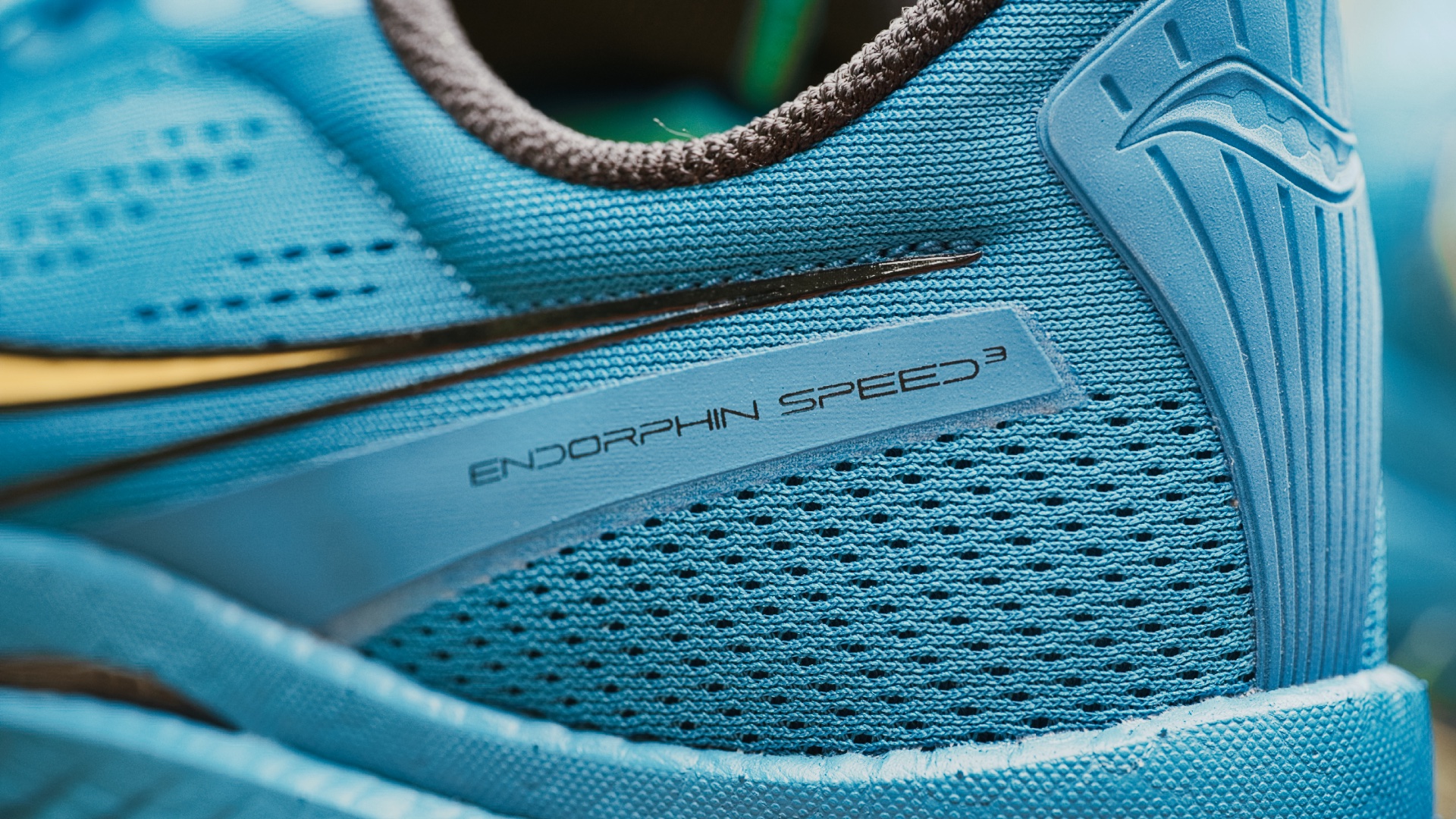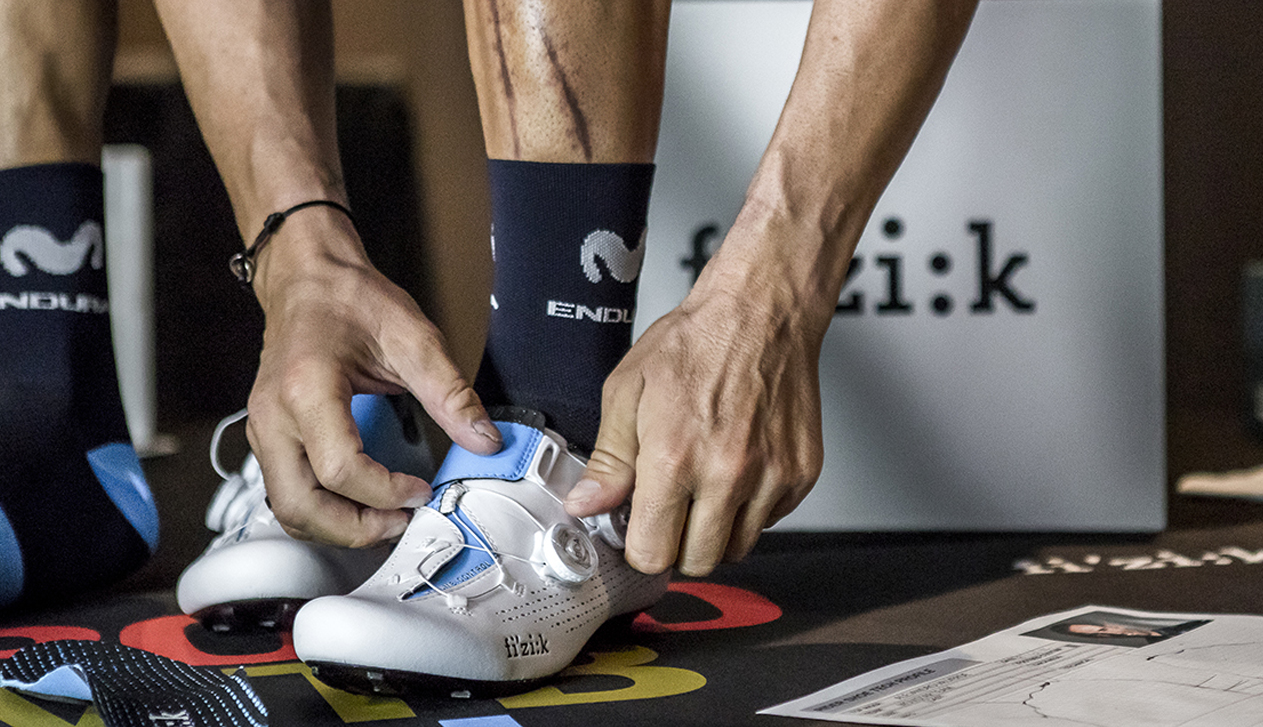8 best triathlon gear for racing – and 2 to avoid at all costs
The exact gear I used to tackle my first Olympic triathlon – and a couple I wasted my money on


Over the years, I’ve run marathons, cycled centuries on the road, and gone the distance with a two-mile open water swim; however, up until very recently, I've never put these sporting disciplines together. That all changed on the last weekend of September when I broke my Olympic triathlon duck – here is the best triathlon gear for racing I used to achieve my now Olympic triathlon PB (plus a couple of bits I feel were a waste of money).
Held in the surrounds of Eton College’s rowing lake, the Votwo Eton Dorney triathlon would see me taking to the water at the London 2012 Olympic venue before completing the other legs on fast, flat asphalt paths that flanked its banks.
After a condensed seven-week block of training that included the odd holiday-induced break, I turned up at the startline not really knowing what to expect. Swimming 1.5k, riding 40k, and running 10k all seemed manageable on their own, but how would I fare when combining all three back-to-back? The result was better than expected.
Crossing the finish line in 2:22, I had comprehensively beaten my pre-race aim of 2:30. Although over the moon with my result, I still spent the rest of the day working out where I could cut time next time out (improving swimming technique and trimming transitions being obvious starting points). After a thorough analysis of my gear, below, you'll find what I think is the essential triathlon gear for anyone trying to complete their first Olympic marathon.
Essential triathlon gear
1. HUUB Anemoi+ Aero tri suit
Prior to signing up for a triathlon, I’d always seen tri suits as a bit superfluous; I already own cycling bib shorts and a jersey, so can’t I just swim and run in them as well? While you technically can, a tri suit is worth the outlay – particularly if it’s as good as the Anemoi+ Aero from HUUB (retailer link).
When worn under my old DHB Hydron wetsuit, I still had full rotation in my arms, while during the other legs of the race, the chamois had ample padding for the cycle leg without getting in the way during the run. Quick drying and great at wicking away sweat, it ensured I was comfortable throughout, while its aero features probably helped shave a few seconds off of my ride. Unlike some other tri suits, it also included a couple of pockets, which were handy for stashing mid-race energy blocks.

2. Aqua Sphere Kayenne Polarised Swim Goggles
I’ve owned the Aqua Sphere Kayenne (retailer link) swimming goggles for more than three years, and they have always served me well. Great for training in the pool or open water, they’ve never leaked, and the straps fit snuggly whether wearing a swim cap or not. Come race day, their polarised lenses came into their own, taking the harshness off of a low-lying sun and ensuring I was able to navigate my way around the course and dodge the odd trailing leg.
Get all the latest news, reviews, deals and buying guides on gorgeous tech, home and active products from the T3 experts
3. 2XU Racebelt
Triathlon equipment is renowned for being specialist and expensive, but 2XU's nifty, multi-purpose Racebelt (retailer link) bucks both of these trends. Its first useful feature is that it allows you to attach your race number to the belt (rather than your tri suit). Not only does this enable you to spin it to your back for your bike leg and back to the front for the run, but it also prevents the need for safety pins (and the damage they can cause to sportswear). The belt also has six loops for carrying energy gels. It might be one of the best-value pieces of kit I used.
4. Bodyglide Anti Chafe Balm
I’ve always suffered from my wet suit rubbing on my neck, so the Bodyglide Anti Chafe Balm (retailer link) is a must for every open water session. But come race day, it also sped up my transitions. Simply rub some on your forearms and ankles before you don your wet suit, and it’ll slip off with no problem come T1.

5. Garmin Forerunner 955 Solar
A triathlon watch is a must for training and racing, but the Garmin Forerunner 995 Solar is leagues above anything I’ve used before. It was a constant on my arm throughout my training block and accurately recorded and guided every drill and workout session. Its new solar feature meant I never had battery anxiety either and was able to go weeks between charges. Come race day, its live heart rate tracking helped me restrict my efforts, preventing me from going into the red until the final sprint for the line.
6. Profile Design Aluminium Clip-On Aerobar
Prior to my race, I’d struggled to hold more than 32kph (aka 20mph) for sustained periods on my carbon fibre Specialized Tarmac SL6 road bike. During my race, I completed the bike leg in 1:05, riding at an average speed of 35.3kph. The one change? The Profile Design Aluminium Clip-On Aerobar (retailer link). Simple to fit and straightforward to adjust, they enabled me to turn my lightweight climbing bike into an absolute rocket on the road, and I found myself overtaking those on their more expensive, specialist triathlon bikes.
7. Garmin Edge 830
Although not a necessity by any means, as I was using my watch to record the triathlon, my Garmin Edge 830 (links to Garmin) bike computer did play a useful role – acting as a second screen for my watch’s display. Both were paired using Garmin’s extended display mode and seamlessly connected during T1, allowing me to keep a track of my total time and on-bike speed, distance, and heart rate without having to keep looking at my wrist. Attached to the tri bars using a K-Edge TT mount (retailer link), it’s a nice addition to have if you already own a bike computer.

8. Saucony Endorphin Speed 3
The plush, nylon-plated, speed-focused Saucony Endorphin Speed 3 was a welcome shoe for my feet to find themselves in during the final leg of the triathlon. During the first half, when my lower half felt like jelly, their support and bounce helped me to recover, while their rapid propulsion helped me empty the tank during the final 5k effort. Despite starting my run with 1hr 45mins of cardio already in the legs, the Endorphin Speed 3 saw me cross the line in 38:13 – a new 10k PB.
What gear to avoid
1. Triathlon bag
There is a lot of expensive gear to invest in that will help you go as quickly as possible on race day, but a dedicated triathlon bag isn’t one of them. As a concept, I can see the point in them – helping you transfer all your kit to and from the transition area while keeping things separate for transition 1 and transition 2 – but any backpack you already own can do the same job. Plus, if you’re rummaging around in a bag during a transition, you’re already wasting valuable time – have everything laid out and ready to go next to your bike before the race to keep transition times to a minimum.

2. Triathlon cycling shoes
If you’re yet to make the step up to clipless pedals, then ignore this, but if you already own a pair of road cycling shoes, then the benefits of a triathlon-specific set are marginal (the seconds it takes to twist a BOA dial rather than close a velcro strap). Rather than splashing the cash, your best bet is to spend your time practising the flying mount and dismount, where your shoes are already clipped into the pedals.
This is a technique I’ll be looking to add to my triathlon armoury for next time out – not only does it cut down the time spent putting shoes on when stationary during the transition phase, but makes it easier to run around the transition area as you’re barefoot.

Charlie Allenby is a journalist with a passion for pedalling, and his first book, Bike London, the definitive guide to cycling in the UK's capital, is out now. He’s got a decade of experience in print and digital journalism and has worked as a writer and editor for many consumer and content marketing publications, including The Guardian, The Independent, BikeRadar and others.